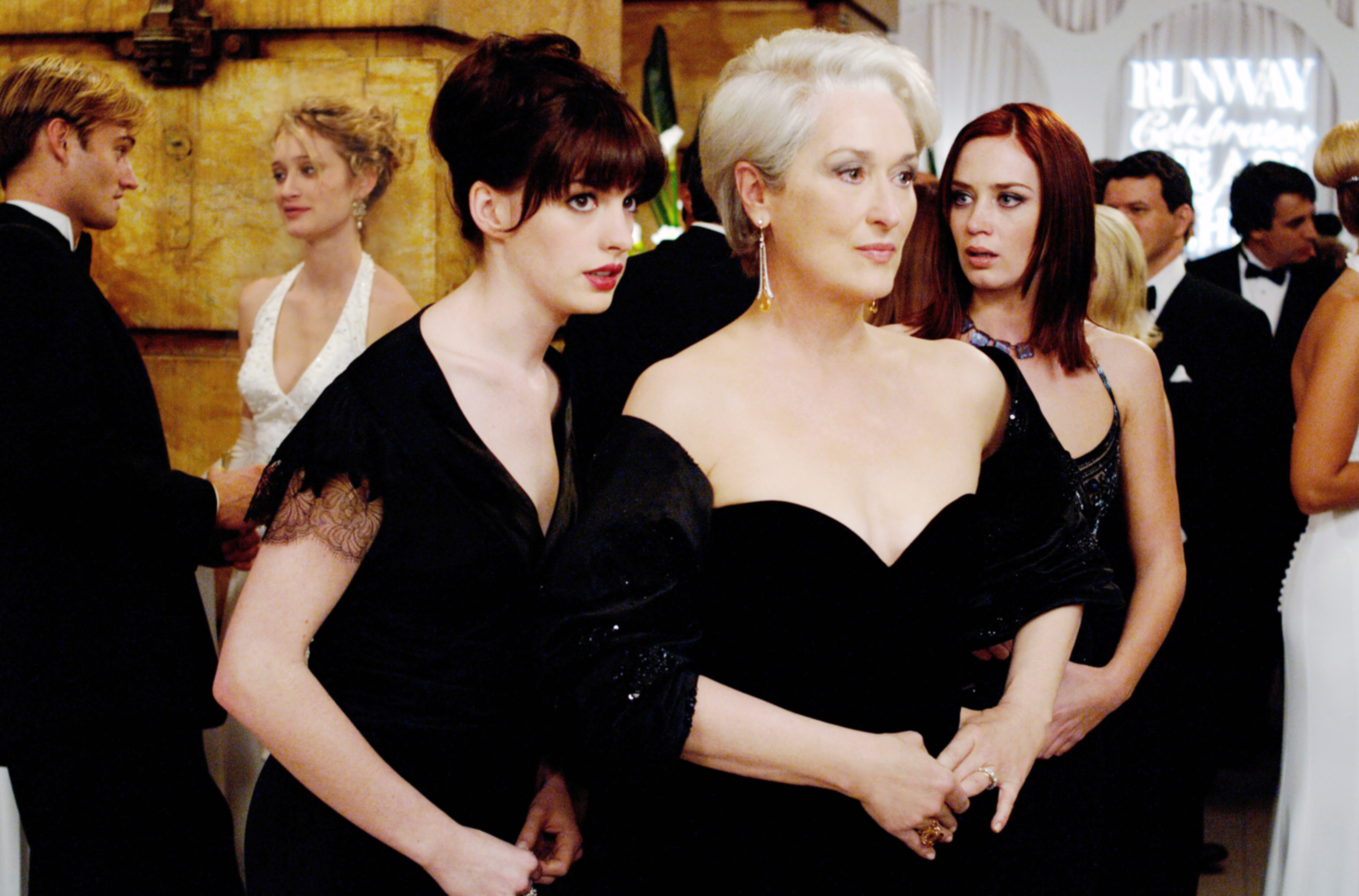In Korean writer/director Park Syeyoung’s 2022 debut feature, “The Fifth Thoracic Vertebra,” mold on an abandoned mattress births a parasitic creature that feasts on the vertebrae of any humans it touches. The film enters more unpredictable, oddly moving territory than its B-movie-like premise may initially suggest, but that basic logline wouldn’t feel out of place amongst the demonizing government propaganda that recurs throughout Park’s compelling follow-up feature, “The Fin,” in which even the lightest physical contact with a minority group is portrayed as being life-threatening. Don’t let certain parts of them touch you or you’ll get infected. Don’t let them scream because the sound will kill you.
Unlike a mattress monster that actually feeds on people, the othered beings in Park’s second ostensible creature feature are recognizably human, even if the wider population is encouraged not to perceive them that way. Set in a speculative, post-unification Korea, “The Fin” tracks the relationship between brainwashed citizens and the underclass they’ve been trained to hate — and also to exploit.
As a result of ecological devastation, a section of the Korean population — we’re given little sense of how the rest of the world is doing — has undergone mutations that bring them closer to merfolk of legend. Known as Omegas, these mutated humans have fins and unusual feet, but otherwise look the same as the rest of their countrymen. To pass without hassle in Korea’s various colonies, Omegas might cut off parts of their feet or fins, or conceal these appendages with prosthetics made by the rare “normal” person sympathetic to their plight. Any Omega discovered within a colony’s borders is arrested to be exiled beyond the wall, or terminated on sight in cases where a trigger-happy government worker thinks their life is threatened by an Omega simply shouting.
The non-mutated population is fed the suggestion that Omegas’ screams are lethal outside of water, that their fins are full of toxins, and that when they die, they release radiation. The accuracy of all that remains fairly ambiguous across Park’s film, but the belief drives the structure of society. In the case of East Colony 114, however, some Omegas are permitted to live around the beaches and cliffs just beyond The Great Wall, as long as they serve as the workforce to clean the polluted oceans.
Within the colony, clean water is a precious commodity. Citizens are encouraged to reduce bathing for the greater good. Among the dirty-faced population, nostalgia for the sea and fishing becomes something that enterprising business owners can exploit. The film’s opening narration draws on memories of water, infusing exposition about the dystopia with a personal touch. “They said the ocean used to be blue,” the voice of a young woman tells us. “They said many people died. My first memory is of a blood-red sky. Black raindrops fell onto my lips. Drop. Drop. Drop. They tasted bitter, and I was sick all night. Father spent the night coughing as well. And then Father disappeared.”
Accompanying those words is a montage of photographs of people standing with fishing hauls of various sizes, with all of the human faces curiously blurred out. Eventually, we get to a photo that disrupts that formula: one where most faces remain blurred, except for that of a little girl. As this final photo in the montage starts to dissolve from view, a close-up of a young adult woman’s face gradually appears in the center of the frame. This will turn out to be the grown version of both the narrator and the little girl who stuck out in the photograph. Named Mia (Yeji Yeon, “Pachinko”), she will be sought out by both an unnamed Omega (Goh-Woo), infiltrating East Colony 114 with a mission to find her and deliver a severed fin, and Sujin (Pureum Kim), a novice government recruit in the taskforce that both checks up on Omega workers collecting waste over the wall and hunts down anyone suspected of abnormalities.

Through Sujin, Park explores the mindset of someone following orders but beginning to doubt the state’s ideology, and the subsequent contagion of fear that has infected so many in such unpleasant ways — a notion that will prove all too timely in a good number of the countries where the film may be released. Sujin’s ailing mother barely speaks, but when she does, it’s mainly to spit venom at the mere mention of Omegas, suggesting that they should all be killed. Mia, meanwhile, represents the inner conflicts of the assimilated “other.” She passes by keeping elements of her identity a secret, buys into at least parts of the propaganda targeting the minority group she’s secretly from, and is openly hostile when coming face-to-face with someone from that group reaching out to her.
Patient in its pacing, “The Fin” is an engrossing mood piece rather than a dystopian tale based around constant clashes, even though the threat of violence is always looming. Like in “The Fifth Thoracic Vertebra,” Park, once again serving as his own cinematographer, gets a lot of mileage out of a strange kind of intimacy achieved through characters unwittingly being observed from a distance, be it through slightly open doors or high up from above. The wider aesthetic favors hazy saturation, the colors of city streets and the outside wilderness — each dead zones in their own way — at times recalling a post-apocalyptic touchstone like Konstantin Lopushansky’s “Visitor to a Museum,” and in other places, Guy Maddin and Evan Johnson’s recent collaborations like “The Forbidden Room.”
As an independent production, “The Fin” is largely effective in its expressionistic solutions to budgetary limitations, with a pleasing tactility to the practical effects on display. That said, there is one dubious shortcut that leaves a sour taste in the mouth: Early in the movie, we’re shown a government propaganda video about The Great Wall and the unified Korea. It’s a propaganda ad in an explicitly dystopian story, so it’s obviously supposed to make you feel unpleasant, but there’s something a little off about the imagery and motion in these brief clips; an uncanny quality inherent to poor simulacra of real art direction.
Then we reach one of the longest clips in the propaganda video and the depressing explanation becomes apparent. A shot of the backs of several yellow-jacketed figures looking at a faraway statue only lasts a few seconds, but within that time, many of the still figures warp shape. Some “people” blur together, while others see the lower halves of their legs suddenly separate from the rest of their bodies. If you’ve been unlucky enough to have working eyes in the past few years, you’ll recognize this as unmistakably an example of generative AI being used instead of real footage being shot. With all due respect to the pressures of making an unconventional sci-fi film on a tight budget, using ecologically destructive technology for a story of ecological devastation, in which clean water is an increasingly rare resource, adds an unintentionally grim layer of irony to the tale.
Grade: B-
“The Fin” premiered at the 2025 Locarno Film Festival. It is currently seeking U.S. distribution.
Want to stay up to date on IndieWire’s film reviews and critical thoughts? Subscribe here to our newly launched newsletter, In Review by David Ehrlich, in which our Chief Film Critic and Head Reviews Editor rounds up the best new reviews and streaming picks along with some exclusive musings — all only available to subscribers.



